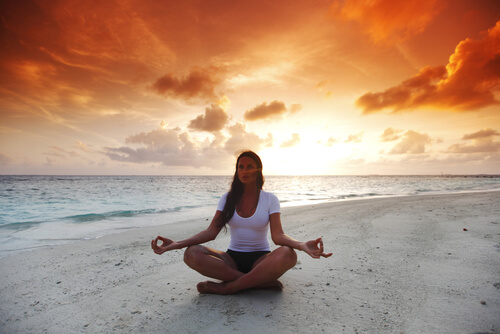
There are many ways to partake in meditation, to clear the mind of the constant noise, to relieve stress, to release emotional and physical pain and also to gain mental clarity. Certain forms of meditation have been medically proven to lower blood pressure, strengthen the immune system, embody compassion, combats stress and simply makes people happier. Because there are so many different types people can meditate, the following list by Christian Bevacqua (Green Tree Meditation), Robert Piper (Huffington Post) and Jeffery Rubin (Greatist) showcase the most popular and effective of them all. Pick a few to try out and follow your own daily routine of meditating twice a day and see amazing positive results fruition!
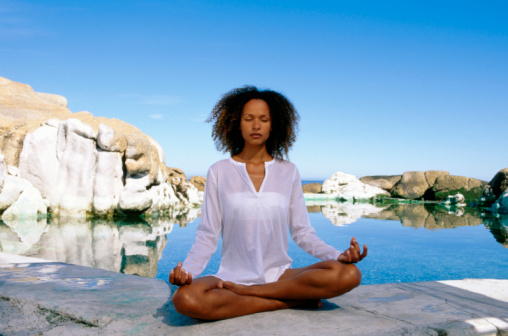
This form of meditation is one of the oldest, most effortless and natural forms of meditation. It is practiced for 20 minutes whilesitting comfortably with the eyes closed using a mantra as your main point of focus to quiet the thoughts that drift into the mind while you are working on calming and "transcending" into your form of bliss, which is free from anxiety and negative stress. It delivers benefits right away by helping your mind to settle down, bringing about a state of deep relaxation. Millions today credit much of their happiness, health and success to a daily meditation practice. Anyone can become an entirely self-sufficient meditator within a few short sessions. Vedic Meditation or TM is widely practiced and research into the effects of this type of meditation validate its ability to create powerful, measurable changes in the physiology and promote mental and physical well-being.

Standing instead of sitting to meditate, the action of standing can actually help people suffering from lower back pain and promotes a greater sense of internal stability. Stand in a comfortable, straight posture with the feet pointing straight forward, about shoulder width apart. After settling into the position, do a quick scan of the body and mindfully release tension from the body and bring awareness to each part when doing so. Begin with five minutes and lengthen as your practice deepens.
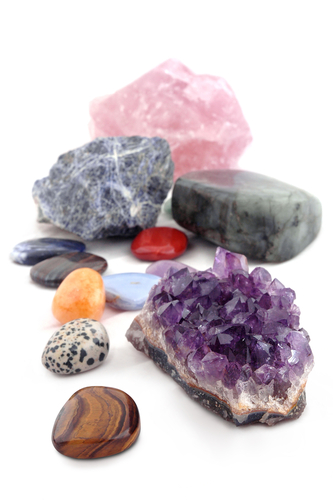
Crystals and stones have amazing healing properties to them and have been used for centuries to bring in the good, ward off the bad and keep the body and mind relaxed, balanced and healthy. Certain crystals and stones can be used as part of a meditative practice to help target specific emotions and reach particular spiritual goals. Calming blue stones, for instance, can help clear the mind and body, while purple or clear stones aid in achieving elevated states of consciousness (calcite, for instance, symbolizes enlightenment). If you have a particular goal for your practice, try getting there by holding or wearing crystals or stones with the healing properties.

This is a great way to boost levels of healthy hormones and exonerate damaging stress hormones (especially the horrid belly fat, cortisol). The powerful act of mindful laughter anchors us in the present and brings us to a place of joy. Try starting out with a five to 20-minute laughter meditation by imagining humorous situations and letting yourself laugh fully and deeply, ending with a brief silence. If that seems too hard, just pick a slapstick comedy or watch babies and kids on youtube doing and saying funny things. Anything to draw real laughter.
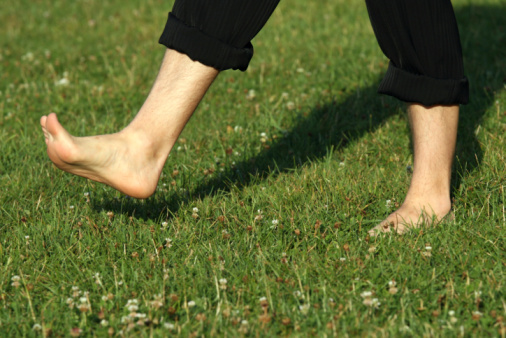
In walking meditation, calledkinhin in the Zen tradition, practitioners move slowly and continuously while staying aware of the body and mind. For this form of meditation, use good posture (just like seated meditation), take deep breaths, and experience the motions of the body. The walking movement should be continuous, so an open park or field would be most ideal. Children benefit most from walking meditation exercises.

This is a moving meditation that is done by walking. Meditators walk through a maze or labyrinth. Especially popular at relaxation sanctuaries and resorts as well as churches, these gardens, and other outdoor spaces feature labyrinths that are available for public use. It's said that the combination of left and right-brain activity required of navigating a labyrinth can help with problem-solving and take the meditator into a more cerebral realm.

There is a good reason why senior Asians live longer than any other race on the planet. Perhaps it is the green tea and the quantity of fish they consume. Maybe it is the tai chi they practice on a daily basis? This ancient wellness practice, which means“Grand Ultimate” in Chinese, is all about aligning energy in the body as well as the mind. In traditional Chinese medicine, illness or pain happens when the life force, chi, is disrupted. The contemplative practice of tai chi and QiGong — which looks like slow motion dancing is supposed to realign the body’s energy. This form of moving meditation may increase memory and brain size as well as alleviate symptoms of fibromyalgia.

I always believed that people are drawn to three things and can stare at them without blinking for hours at a time: the ocean waves, cloudbursts in high winds and fire. There are several different ways to benefit from the energy of the fire element in your meditative practice. Flames on a candle placed three to six feet in front of you or a big beautiful bonfire will do the trick. After several minutes, close your eyes and imagine it: Send anything that threatens your balance and peace into the flame, and feel yourself becoming more light and pure.
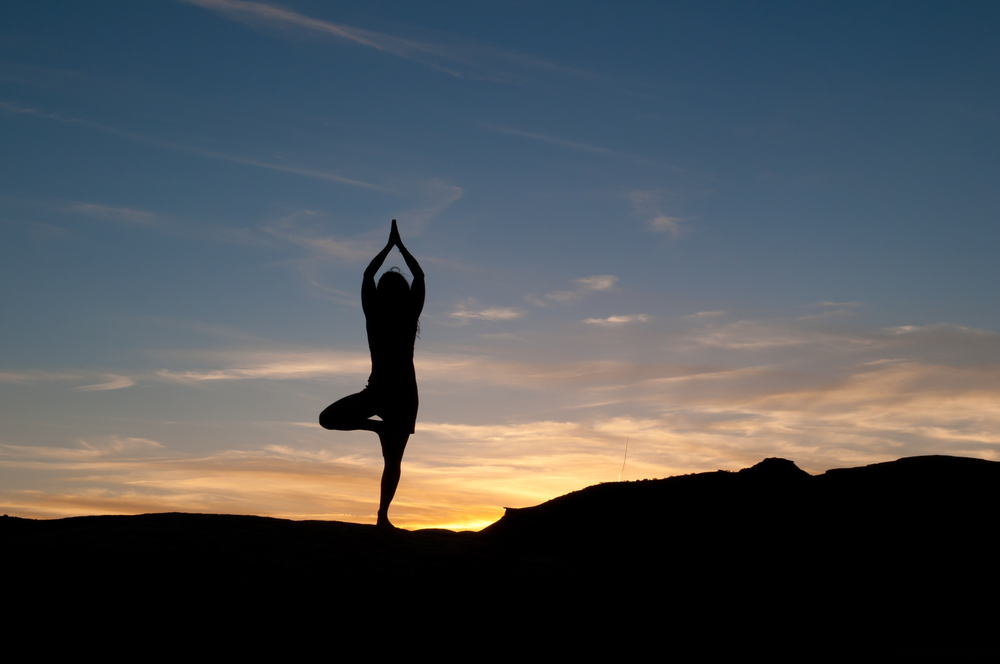
MataAmritanandamayi, an Indian humanitarian and spiritual leader known as“Amma” (mother) or “The Hugging Saint,” invented this practice to help people redirect energy in a positive way. Each session of IAM takes 20-30 minutes and includes postures, pranayama breathing, and meditation. Participants spend the first eight or so minutes doing yoga, followed by deep breathing and meditation. This practice lowers stress hormones cortisol and adrenaline in the body.
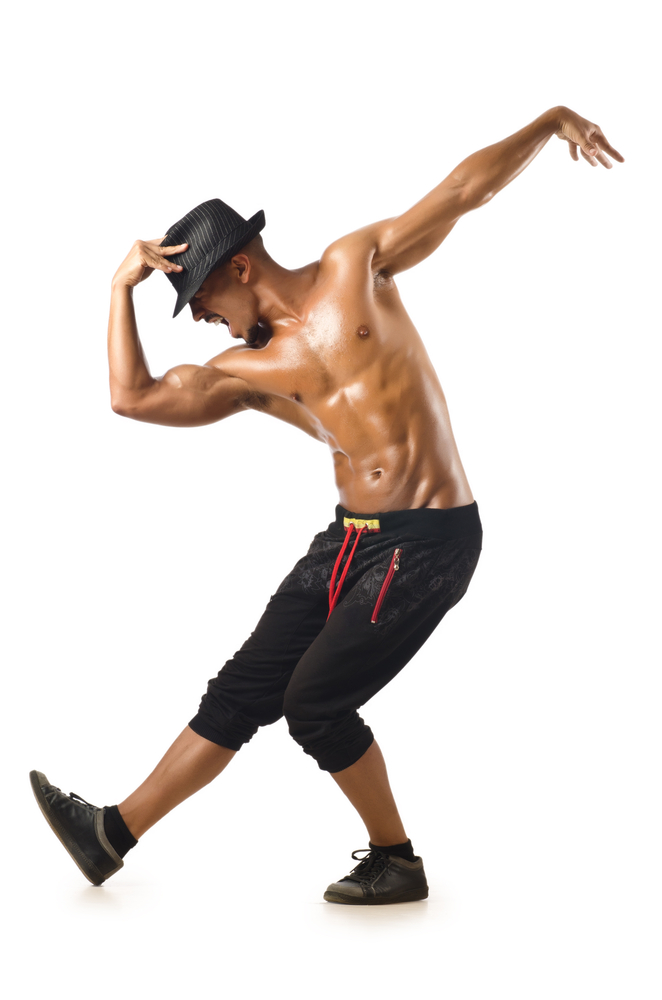
Relieves tension, burns calories and allows us to physically release the negative out of the body. Dance or kundalini meditation takes that release one step farther by asking participants to forgo the ego and surrender to the rhythms and ecstasies of movement. Some classes encourage yelling, jumping, and even hollering like a wild animal.

Does high-energy dance sound a bit too wacky? Bring meditation back to a more reasonable pace with daily life practice meditation, which is also called Samu work meditation in the Buddhist Zen tradition. In this style of meditation, practitioners slow down daily activities to half-speed and use the extra time to be mindful and focus on thoughts. There’s no need to sign up for a class when it’s possible to meditate while washing dishes, taking a shower, walking down the subway steps, etc.

For many people, the toughest part of meditation is sitting without moving for an extended period of time. It’s so hard to resist the urge to pick at an itchy spot because scratching activates areas of the brain that control pain and compulsive behavior. The best solution to this problem is hand movement meditation where meditators concentrate on moving hands mindfully, intentionally and slowly.
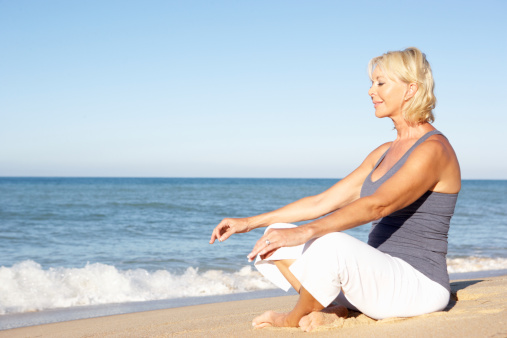
This is a very effortless form and involves simply staring into space. Focusing inward while staring out into the open while sitting or standing is called Tratakaand is said to be staring at a fixed object while sitting or standing. Trataka has many alleged benefits, from physical plusses like eye health and headache relief to mental advantages such as lower stress levels and better focus. If outdoors, fix the gaze on a natural object like a stone, tree, or even the moon (just avoid staring at the sun). Indoors, try looking at the center of a lit candle or an interactive computer graphic. Trataka can be pretty intense, so start very slowly — stare for just 15 to 20 seconds, with plenty of rest time. Eventually, work up to 10 or 15 minutes.

This technique takes those pre-yoga class "Oms" to the next level. Also called yogic breathing or Pranayama, this meditation style is all about controlling the inhales and exhales.GreatistExpert Dr. Jeffery Rubin explains, "Longer exhales tend to be calming, while longer inhales are energizing. For meditative purposes either the ratio of the exhale to inhale is even or the exhale is longer than the inhale for a calming effect." This type of meditation can be done anywhere, anytime (except underwater, for obvious reasons).
Source: Greatist.com, HuffingtonPost.com, GreentreeMeditation.com
